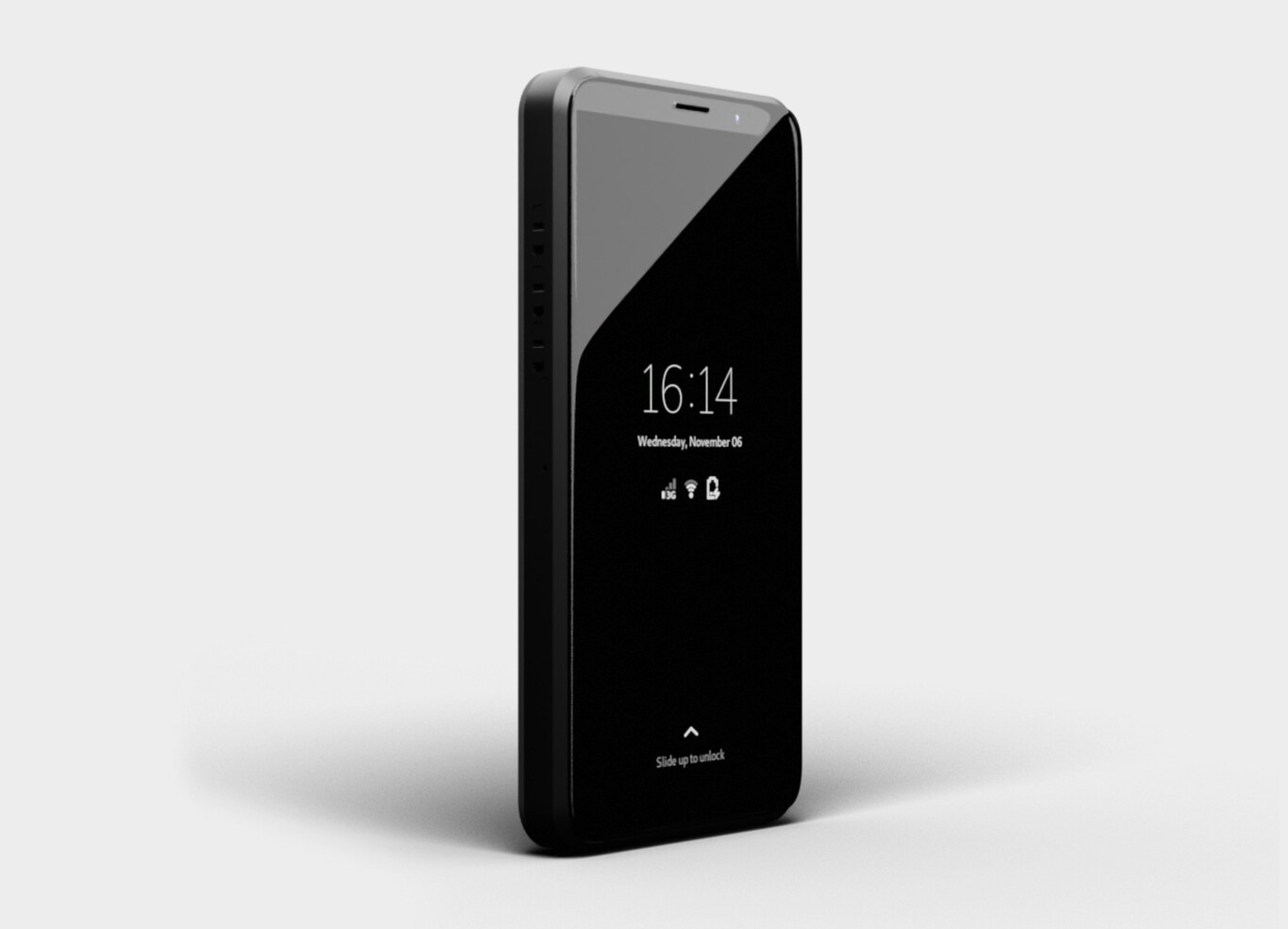
Introduction
In recent years, Linux on Android devices has gained significant traction. Known for its flexibility and customization options, this operating system offers a unique alternative to the traditional Android experience. For those interested in exploring Linux on their Android phones and tablets, this guide provides a detailed overview of the process, benefits, and considerations involved.
What is Linux?
Before diving into the specifics of running Linux on Android devices, understanding what Linux is becomes essential. Linux, an open-source operating system, was first released in 1991 by Linus Torvalds. Based on the Unix operating system, it is known for its stability, security, and flexibility. Linux can be installed on various hardware platforms, including desktop computers, servers, and mobile devices.
Why Run Linux on Android?
Running Linux on an Android device offers several advantages:
- Customization: Tailor the environment to specific needs.
- Security: Generally considered more secure than traditional Android due to its open-source nature and robust security features.
- Performance: Some users find that Linux can improve device performance, particularly in terms of speed and responsiveness.
- Development: Provides a more familiar environment and access to a wide range of development tools for developers.
System Requirements
To run Linux on an Android device, ensure the device meets certain system requirements:
- Hardware Compatibility: Most modern Android devices are compatible, but check the specifications to ensure they can handle the demands of running a full-fledged operating system.
- Storage Space: A minimum of 2 GB of free space is recommended, although more is always better.
- RAM: At least 1 GB of RAM is necessary for smooth operation, although 2 GB or more is preferred.
- Processor: A 64-bit processor is required for most Linux distributions.
Choosing a Linux Distribution
Several Linux distributions can be run on Android devices, each with its own set of features and user communities. Here are some popular options:
Ubuntu Touch
One of the most well-known and widely used distributions for Android devices. It offers a full-fledged desktop environment and integrates well with other Ubuntu-based systems.
LineageOS
Originally based on CyanogenMod, LineageOS is a popular choice for those looking for a more traditional Android experience with the added flexibility of Linux.
Kali Linux
Known for its penetration testing tools, Kali Linux can be a great choice for security enthusiasts who want to use their device for advanced security tasks.
PinePhone OS
Specifically designed for the PinePhone, a device optimized for running Linux.
Installing Linux on Your Android Device
The process of installing Linux on an Android device can vary depending on the distribution chosen and the specific steps outlined by the community. Here’s a general guide:
- Backup Your Data: Before making any changes, back up all important data.
- Enable Developer Options: Go to Settings > About phone > Build number and tap it seven times to enable Developer options.
- Enable USB Debugging: Go to Settings > Developer options > USB debugging and enable it.
- Download the Linux Distribution: Find the official download link for the chosen Linux distribution and download it to the device.
- Install the Distribution: Follow the specific installation instructions provided by the community or distribution website. This may involve flashing a custom recovery like TWRP and then installing the Linux image.
- Configure Your Device: Once installed, configure settings such as keyboard layout, display settings, and network configurations.
Using Linux on Your Android Device
Once Linux is successfully installed, here are some tips for getting started:
- Familiarize Yourself with the Interface: Linux distributions often come with a different interface compared to traditional Android. Take some time to explore and understand how things work.
- Install Essential Apps: Install essential apps like a terminal emulator (e.g., Termux), a file manager (e.g., File Manager), and any other tools needed for daily use.
- Update Your System: Regularly update the system to ensure the latest security patches and bug fixes are installed.
- Customize Your Environment: Take advantage of Linux's high degree of customization by tweaking settings according to preferences.
Troubleshooting Common Issues
While running Linux on an Android device can be rewarding, challenges may arise. Here are some common issues and how to troubleshoot them:
Installation Failures
If installation fails, check that all instructions were followed correctly. Ensure the device meets all hardware requirements specified by the distribution.
Performance Issues
If performance is slow, consider upgrading RAM or storage space if possible. Clearing cache and data can also help improve performance.
App Compatibility
Some apps may not be compatible with Linux environments; use alternative apps or consider using an emulator if necessary.
Networking Issues
Ensure network settings are correctly configured; some distributions may require manual configuration for Wi-Fi or mobile data connections.
Safety and Privacy Considerations
When using Linux on an Android device, consider safety and privacy:
- Encryption: Enable encryption to protect personal information.
- Regular Updates: Regularly update both Android and Linux components to ensure the latest security patches are installed.
- Public Wi-Fi Use: Avoid using public Wi-Fi for sensitive transactions; instead, opt for secure networks or VPNs.
- Two-Factor Authentication: Enable two-factor authentication whenever possible for an extra layer of security.
- App Permissions Review: Regularly review app permissions to understand what data apps can access and limit permissions accordingly.
Running Linux on an Android device offers a unique blend of flexibility and customization that can enhance both personal and professional use cases. By understanding system requirements, choosing the right distribution, and following proper installation procedures, users can unlock a world of possibilities with their existing hardware. While challenges may arise, they are largely mitigated by following best practices outlined in this guide. Whether looking to improve performance, enhance security, or simply explore new frontiers in mobile computing, Linux on Android is definitely worth considering.
